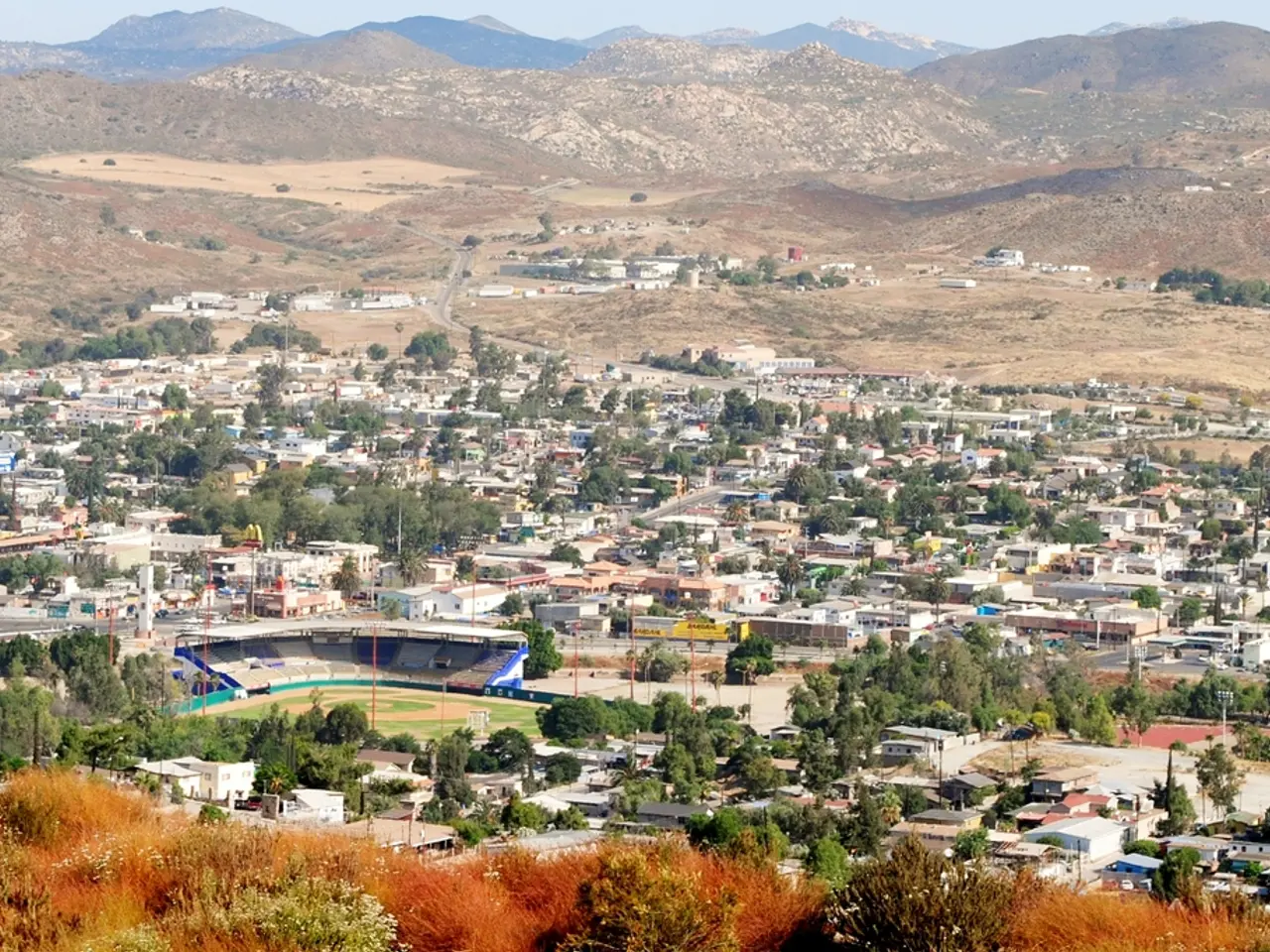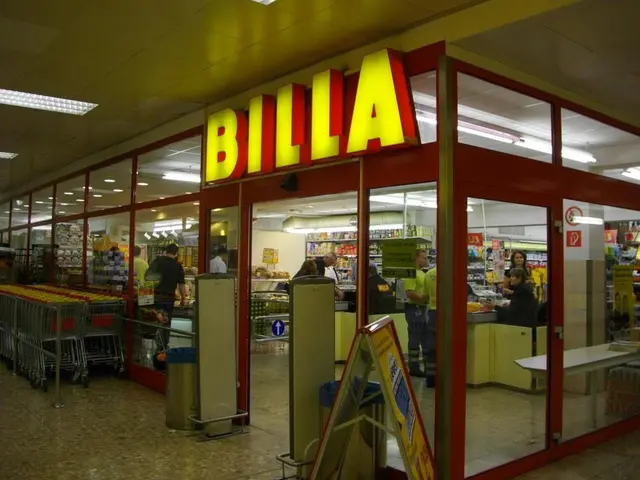Rising Real Estate Costs Favor Family Homes' Resurgence
In 2018, the Croatian real estate market displayed a notable shift, with property prices on the rise in various regions. According to a report by Vecernji List, the median price of a family house in Dubrovnik reached 12,000 kuna per square metre, marking a significant increase. The prices in Split-Dalmatia County and Istria County also increased, albeit not as significantly as in Dubrovnik. In contrast, in 190 towns and municipalities in continental Croatia, the price of a square metre of a house was below 1,000 kuna [1].
The coastal and island towns and municipalities of Croatia saw prices ranging from 5,000 to 10,000 kuna per square metre. The real estate market in 2018 was returning to pre-crisis levels, as indicated by asking prices and an increase in both trading volume and number of transactions [2].
However, an analysis of sales contracts does not reflect a significant increase in property prices, contrary to what might be suggested by asking prices [2]. In 2018, there were 104,000 real estate sales in Croatia, with a total value of 32 billion kuna, accounting for 8.4% of the country's GDP [3].
Fast forward to 2025, and the Croatian real estate market shows a different picture. Sales volume has decreased by about 15% in the first half of 2025 compared to 2024, with over 57,000 transactions recorded. Apartment and flat sales dropped by 15%, while house sales declined by 26%. Sales of building land fell 17% and transactions for garages/parking spaces fell 12% [4].
Despite falling sales volume, property prices continue to rise, although the growth rate has slowed. Prices of new properties are expected to slightly increase, while prices of used apartments and houses are expected to stagnate [5]. The main cause of decreased sales is the shortage of new construction, causing older properties to remain expensive [5].
The supply shortage, especially of new construction, means sellers are under little pressure to lower prices. Without increased new construction expected in 2025, prices for both new and old properties are unlikely to fall in the short term [5].
Regional price differences are not explicitly detailed, but Zagreb's market remains the busiest despite fewer sales and high demand constrained by limited supply [4]. Foreign buyer interest has declined over the last two years, which may affect some coastal or tourist regions known to attract foreign investment [6].
Tax reforms introduced as of January 2025, including changes to real estate acquisition tax, rental property income tax, and annual property tax, as well as euro adoption, have impacted market dynamics and investor behavior [7].
In conclusion, Croatia's real estate market in 2025 shows rising prices amid reduced transaction volumes, driven mainly by limited new construction supply, with stability in major markets like Zagreb but less foreign investment activity. Without resolution of supply constraints, price decreases are unlikely soon [5].
References: [1] Vecernji List, "Price of a square metre of a house in Dubrovnik is 12,000 kuna," 2018. [2] Croatian National Bank, "Croatian Real Estate Market Overview," 2018. [3] Croatian Bureau of Statistics, "Real Estate Market in Croatia," 2018. [4] Croatian National Bank, "Croatian Real Estate Market Overview," 2025. [5] Croatian Chamber of Commerce, "Croatian Real Estate Market Outlook," 2025. [6] Ministry of Finance, "Foreign Investment in Croatian Real Estate," 2023. [7] Ministry of Finance, "Tax Reforms and Euro Adoption Impact on Croatian Real Estate Market," 2025.
- The business of real estate and investing in properties, especially in coastal and island towns, exhibited a significant resurgence in 2018, as the Croatian real estate market started to rebound from the crisis, with property prices on the rise, despite fewer transaction volumes.
- In contrast, the Croatian real estate market in 2025 shows a different scenario, with continued rising property prices, though at a slower pace, yet a decrease in transaction volumes, ultimately leading to stability in major markets like Zagreb but less foreign investment activity, primarily due to the shortage of new construction.




